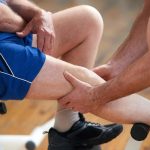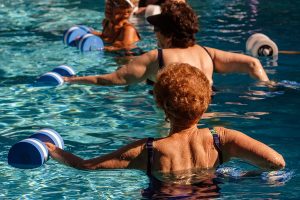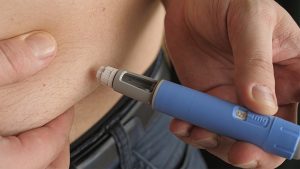
Patients can improve their odds for a successful surgery by actively preparing for the procedure through diet and exercise, a tactic called “prehabilitation,” a new evidence review shows. Surgical patients who prehabbed had fewer complications and shorter hospital stays, also recovered better and had a higher quality of life, researchers reported Jan. 22 in The BMJ. “If you are going to be having surgery, it is always a good idea to ask about prehabilitation,” said lead researcher Dr. Daniel McIsaac, an anesthesiologist and senior scientist at The Ottawa Hospital and clinical research chair in perioperative innovation at the University of Ottawa in Canada. “If you are willing and able to regularly increase your activity levels and protein intake for a few weeks before surgery, you are likely to experience a noticeably shorter recovery time after surgery,” he added in a news release. The term “prehabilitation” dates to World War II and the British Army’s efforts to improve the general health and fitness of military recruits, researchers said in background notes. The medical community later adopted the term, making prehabilitation a major area of research for the past three decades, researchers said. “We know that people who are more physically fit tend to recover faster from surgery and suffer fewer complications,” McIsaac said. “While many patients, with encouragement from their doctors, want to improve their fitness… read on > read on >





































